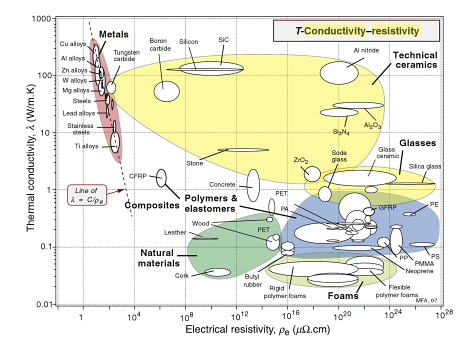brentg098
Mechanical
- Dec 10, 2015
- 2
Hello,
I have a pool system that has a heating pad underneath it. Electricity is traveling though the heating pads and causing a grounding probe which is in the water to shut off the GFCI that the heating pads are going to. The heating pads and the water are separated by 4 layers of flexible vinyl. The water being used is salt water.
We thought that this would be enough electrical insulation, but it is not. I need to add a additional material underneath the pool that will not allow electricity to flow through but will allow the heat to transfer and warm the pool. And, for shipping purposes it should be lightweight.
I am fairly sure that the water is being electrified by a low electrical resistance between the pool and heating pad materials vs a current being induced by the water from electromagnetic energy coming from the pads.
Any answers are welcome,
Thank you.
brentg

